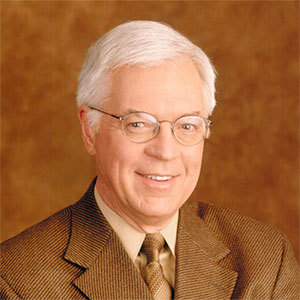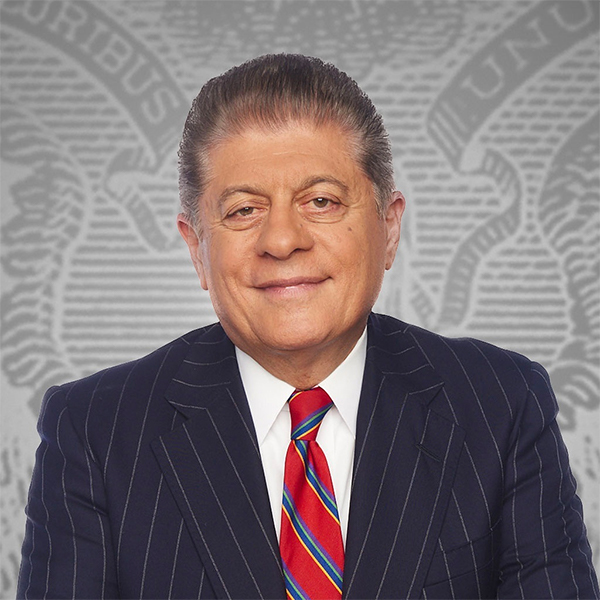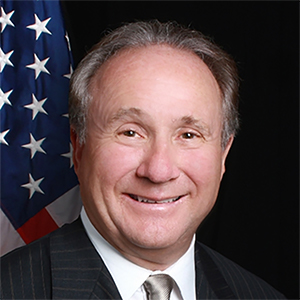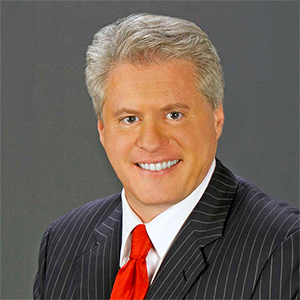Commentary: Removing a splinter? Treating a wart? If a doctor does it, it can be billed as surgery
Published in Op Eds
When George Lai of Portland, Oregon, took his toddler son to a pediatrician last summer for a checkup, the doctor noticed a little splinter in the child’s palm.
“He must have gotten it between the front door and the car,” Lai later recalled, and the child wasn’t complaining. The doctor grabbed a pair of forceps — aka tweezers — and pulled out the splinter in “a second,” Lai said.
That brief tug was transformed into a surgical billing code: Current Procedural Terminology (CPT) code 10120, “incision and removal of a foreign body, subcutaneous” — at a cost of $414.
“This was ridiculous,” Lai said. “There was no scalpel.” He was so angry that he went back to the office to speak with the manager, who told him the coding was correct because tweezers could make an incision to open the skin.
When Helene Schilders of Seattle went to her dermatologist for her annual skin check this year, she mentioned her clothing was irritating a skin tag she had. The doctor froze the tag with liquid nitrogen. “It was squirt, squirt. That’s it,” Schilders told me. She was “floored” by an explanation of benefits that said the simple treatment had been billed as $469 for surgery.
Assuming the bill was a mistake, she called the doctor’s office and was told that surgery had indeed occurred — because the skin was broken in the process. Hence surgical CPT code 17110, “destruction of 1-14 benign lesions.”
Schilders complained to her insurer, who provided a document informing her that “surgery is classified as something entering the body, such as a Q-tip entering the ear canal or a scalpel during surgery.”
Huh? “I have had surgery, and this is not it,” Schilders said.
In common vernacular, “surgery” evokes images of physicians and nurses leaning over an operating table, gowned and masked, as they address a problem deep in the body. Removing an appendix or a tumor. Replacing a knee. Clipping a leaking aneurysm in the brain. It most probably involves a scalpel or specialized instruments and surgical skill.
More and more minor interventions, however, have been rebranded and billed as surgery, for profit. These tiny interventions don’t yield huge bills — in the hundreds rather than the thousands of dollars — but, cumulatively, they likely add up to tens if not hundreds of millions of dollars for doctors and hospitals annually. The surprise bills often catch patients off guard. And they must pay up if they haven’t met their insurance deductible. Even if they have, “surgery” generally requires a coinsurance payment, while an office visit doesn’t.
“There’s more pressure to make money, and the idea is you can charge more if it’s a surgical procedure,” said Sabrina Corlette, founder and co-director of Georgetown University’s Center on Health Insurance Reforms. “The payer should be reviewing this and saying this is run-of-the-mill. But there’s not a lot of incentive to do that.”
Corlette surmised that the codes employed in the instances mentioned above were intended for rare, complicated cases in which the removal of a splinter or a skin lesion — or 14 of them — required special skills or time. But the codes’ use has ballooned, covering the complicated and the commonplace. The use of code 17110 billed from doctors’ offices has gone up 62% from 2013 (1,739,708) to 2022 (2,817,190).
The blizzard of surgeries-in-name-only is a symptom of a system that has long valued procedures far more than intellectual work in its payments to medical providers. That merits rethinking, and there are some hints that the incoming presidential administration might be interested in doing so.
The current payment calculation system has its origins in the late 1980s, when a team led by an economist at Harvard University’s public health school, William Hsiao, created what’s called the Resource Based Relative Value Scale, or RBRVS, to rationalize Medicare’s payments to doctors. It allocated reimbursement using a formula that included physician work, practice expenses, and malpractice expenses. It concluded “that the work per unit time (a measure of intensity) for invasive services is about three times that of evaluation/management.”
In other words, it enshrined the notion that “invasive services” — procedures or surgery — were by far the most valuable.
An American Medical Association committee that includes physicians from an array of specialties periodically suggests updates to those codes (and federal regulators accept them, in many years, over 90% of the time). Since surgeons are overrepresented on the committee, the valuation of anything defined as an operation has only increased, giving billers the incentive to classify even the most mundane interventions as surgery.
Experts of all political stripes have spent years critiquing the process — it’s common sense that the fox (physicians) should not be guarding the henhouse (payments).
President-elect Donald Trump’s pick for Health and Human Services secretary, Robert F. Kennedy Jr., has signaled that he might rethink that approach, according to the health-industry publication Stat. Kennedy has not outlined an actual plan to replace the current process, but he is reportedly exploring if the Centers for Medicare & Medicaid Services, a government agency, could do it instead.
Absent reform, on it goes.
Anthony Norton of Puyallup, Washington, took his 3-year-old daughter to a doctor this year because she had a bothersome plantar wart on her foot. The doctor applied a chemical ointment to the wart in the office every two weeks and covered it with a Band-Aid. When the child arrived for a third visit, Norton was informed he had an outstanding balance of $465 (in addition to the $25 office visit copay already paid) because the application was “surgery.” CPT code 17110 again.
“It made no sense,” Norton later recalled. The billing office assured him it was surgery, he said, “because the ointment penetrates the skin.”
Norton wondered: “When you extrapolate that, is putting on Neosporin or calamine surgery, too?”
We are now in an era in which a neurologist spending 40 minutes with a patient to tease out a diagnosis can be paid less for that time than a dermatologist spending a few seconds squirting a dollop of liquid nitrogen onto the skin.
Lai was so angry at being charged more than $400 to pull that splinter out of his child’s hand that he went on a crusade, returning to the dermatologist’s office when his calls were ignored, accusing it of fraud and threatening to complain to his insurer. Only then, he said, did the doctor’s office waive the surgical charge — and kick him and his family out of the practice.
____
(KFF Health News is a national newsroom that produces in-depth journalism about health issues and is one of the core operating programs at KFF—an independent source of health policy research, polling, and journalism. Learn more about KFF.)
_____
©2024 Kaiser Health News. Visit khn.org. Distributed by Tribune Content Agency, LLC.




























































Comments